My earliest memories of sailing date back to the 1950s when I was growing up in Edmonds, Washington, a small town on the shores of Puget Sound. I was in first or second grade then, too young to appreciate the boat that my father brought home. He had seen it languishing alongside a barn somewhere in one of the rural areas outside of Edmonds, bought it, and went to work putting it back in usable condition. The Amphi-craft, christened PRIM, belongs to the Herreshoff Marine Museum in Bristol, Rhode Island, and is on display at the T.F. Green Airport in Providence. It was built about the same time as my father's boat and has many of the features I remember.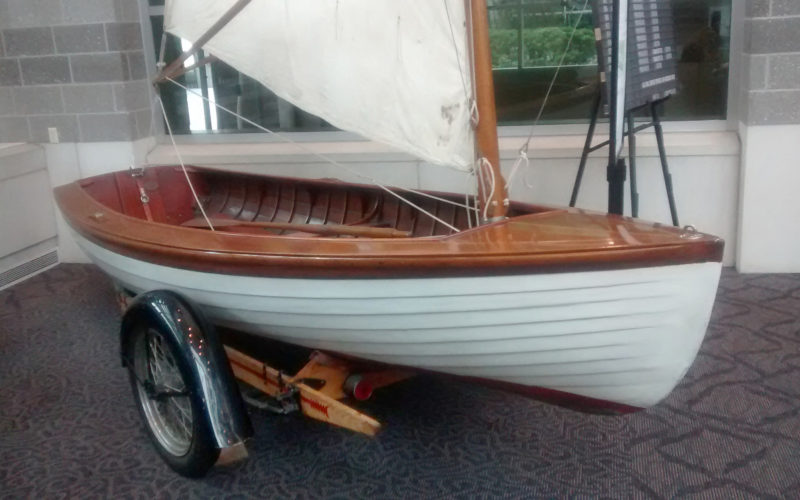 Christopher Cunningham
Christopher Cunningham
Join The Conversation
We welcome your comments about this article. If you’d like to include a photo or a video with your comment, please email the file or link.

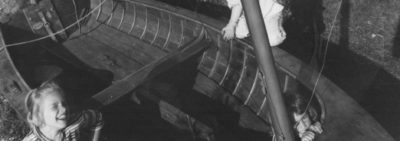
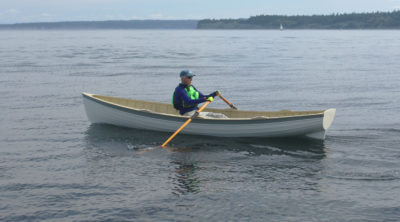
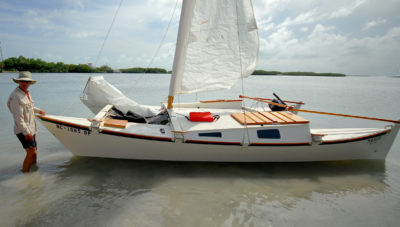
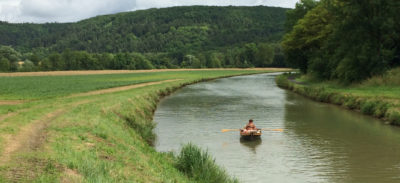
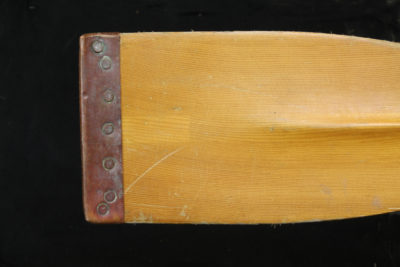
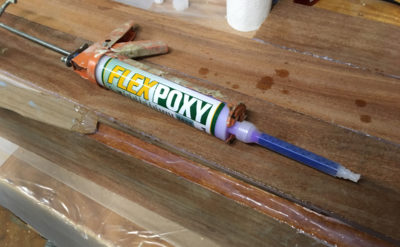
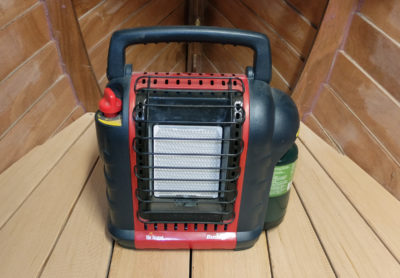
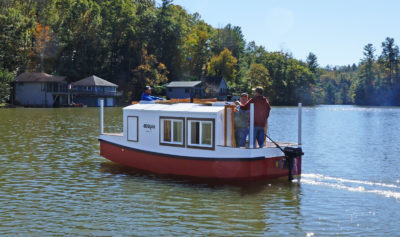

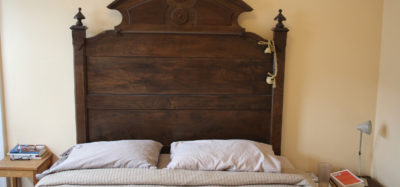
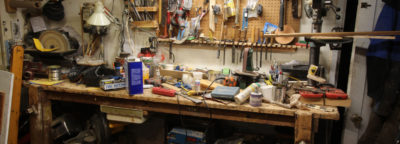

Of all the boats I saw at Mystic, the Amphi-craft was my favorite. I’ve seen PRIM at the Providence airport a lot as well, and think they are fine vessels, lots of care and detail packed into a small package. Thanks for sharing your memories!
As an owner and builder of the Catspaw dinghy for some 10 years now, I share the enthusiasm for this type of boat. I sail her with a traditional boom, not the prescribed lug rig. The boom sits well in the boat when I’m rowing. I will be adding a sliding rowing seat this summer. These boats row exceptionally well.
Perhaps the Amphi-craft was a design ahead of her time? I have looked at photos of the boat over decades, and I still find her difficult to resist. My boating thoughts are conflicted in many ways, but predominantly by the battle between larger vs smaller. As I approach 64 years of age, the battle has been won in my head (if not in my heart) and my personal sailing is done in smaller boats. They are used more frequently, and they have a positive effect on more lives.
As for the sound of waves on timber planking, there is a part of my brain which records those sounds on every sailing outing, and the peace-of-mind they induce permeates my being for months. Thanks for the inspiring article.
Greetings Chris,
This evening I browsed through Small Boats Magazine and came across your March 2018 article entitled “Imprinted.” Your skillful weaving of technical details, photographs, personal recollections of yours and your sisters, as well as your appreciation (from an adult’s perspective) for the joy you know your father experienced while sailing CALYPSO, all came together in an informative and warm, personal reminiscence. I thought it was wonderful. I enjoyed it immensely and wanted to tell you so.
Best Wishes,
Roger Rodibaugh
Melonseed skiff THREE CHEERS